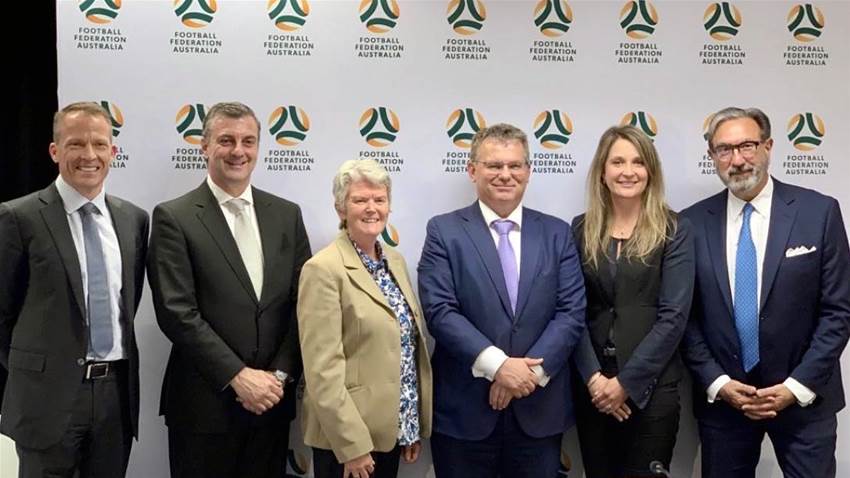Football Federation Australia will need to turn the new National Second Division into a mini-A-League cash factory in a bid to fill the funding black hole facing the governing body, insiders predict.

The winds of change have seen CEO David Gallop announce his exit later this year along with Emma Highwood, head of women’s football, community and football development. Others are expected to follow.
“I don’t think they can afford any of their top level management,” admitted one insider.
But the new National Second Division is being tipped as a potential saviour for the FFA balance sheet.
Industry insiders suggest the FFA will try to model it as a mini A-League with strategic competition-wide partnerships to bring cash into head office to help fund its non-A-League operations.
Broadcast deals are also a potential cash cow for the FFA if they can attract interest. Although second tier, it’s understood hopes are high that the potential for a low entry-level cost compared to other sports could attract wider interest, including non-traditional broadcasters.
Advances in video AI could see production costs slashed dramatically too and even a deal worth a fraction of the A-League’s current $60m a year would now significantly ease the pressure on FFA coffers.
But other insiders have warned it could put the FFA in direct competition with the A-League for a limited pool of sponsors and partners, and also with the National Second Division clubs themselves.
They also need to work hard to repair some of the damage done in relationships with existing partners over the years.
One partner was horrified in recent years when negotiations on renewing a deal were opened by the FFA bragging how much money they had made the year before and implying they were not reliant on the collaboration any more.
“They’ve not been good in the revenue space for a very long time,” said an industry expert. “They haven’t brought in new sponsors.
“They’ve got a world of pain ahead of them. There’s going to be huge changes within the organisation.”
There is also speculation that concern over the FFA’s finances may be delaying the addition of new board members. Two places are still vacant on the board since last year’s AGM, with at least another two likely to become available in November.
“I think this also gets back to their difficulty in getting new board members,” said the industry expert.
“Most people approached to sit on a board would ask to see the financials because under ASIC rules, they’re responsible.
“If they ask an accountant to look at the financials, an accountant would think exactly the same…”
Related Articles
.jpeg&h=172&w=306&c=1&s=1)
FA reveals eight national second division clubs

'It was unreal': Aussie kid's taste of high life against Manchester City














